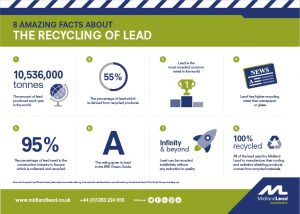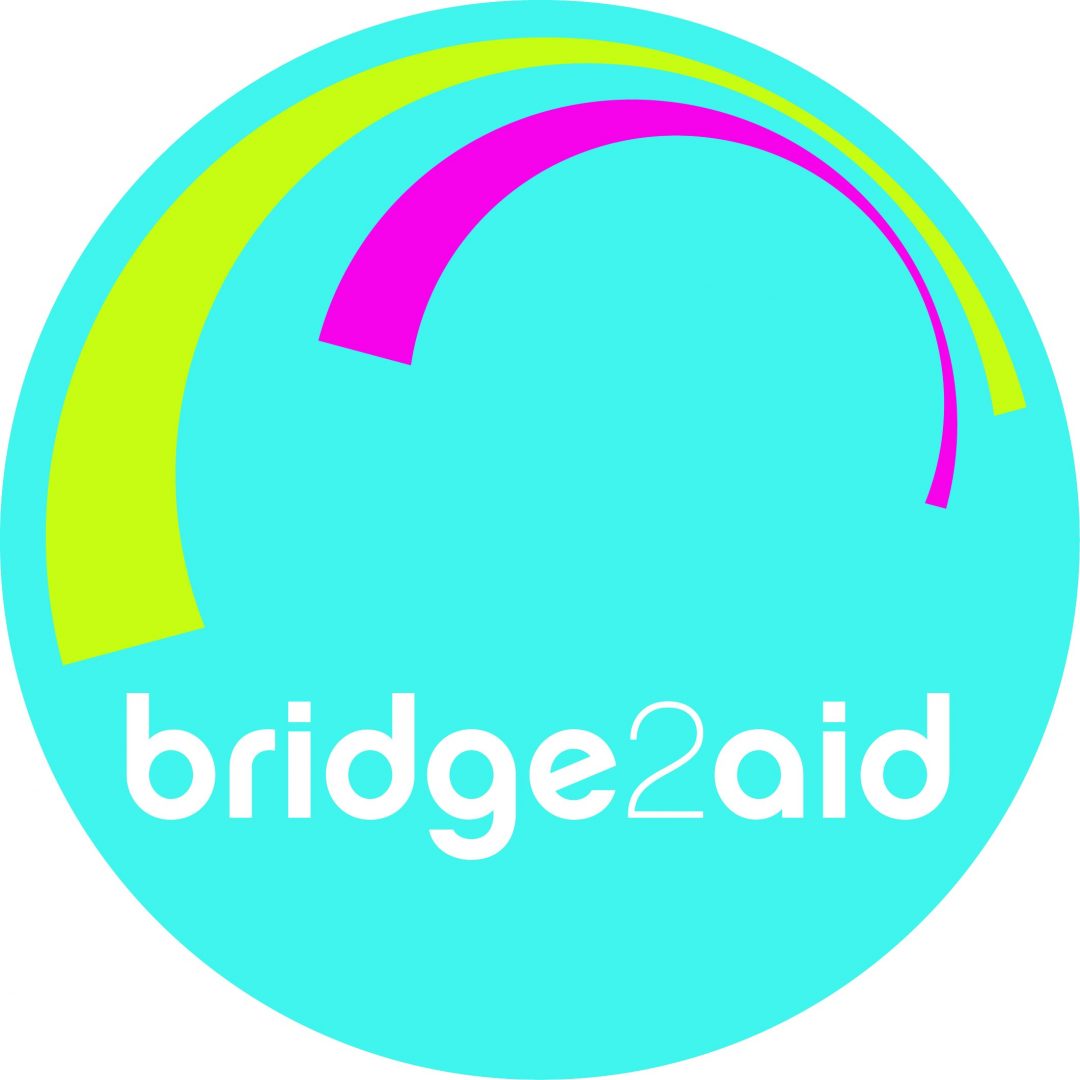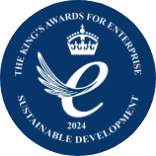How green is your lead roof?
Despite its age-old use, lead is not old news and is more relevant in the construction industry than ever before. Often specified for its aesthetic merits, it’s also in high demand with contractors, architects and roofers for its long-lasting and extremely environmentally friendly qualities. In fact, lead is the most recycled and reused building material in the UK today and can boost a building’s green credentials through the roof.
But precisely how green is a lead roof? The answer to this lies largely in how the lead is sourced. When it comes to recycling lead, there are two methods manufacturers can use to make an entirely refreshed product. The first is the reprocessing and refining of lead batteries into bullion and alloys.
The second greener and more economical method involves making new lead sheet out of old lead sheet, as well as lead scrap recovered from lead pipes, cable sheeting and demolition projects. Using the second process of recycling allows lead manufacturers to streamline the production process as the lead is immediately ready to be used as a source material.
More than 95% of scrap lead sheet is collected and recycled in the UK. As such, it can be considered an extremely sustainable and long-term option. This is particularly true when we consider many non-lead alternatives have a recovery rate of less than 10%.
Of course, lead can also be sourced through mining, but the environmental impact of this method includes erosion, formation of sinkholes, contamination of soil and much more. Thankfully, this is slowly becoming a redundant method of sourcing lead with more now being recycled than mined. In Europe more than 60% of new lead comes from the recycled product and the US reports as high as 80%.
 If you are choosing lead for its environmental qualities, you should be taking into account how the material was sourced. At Midland Lead, we only make new lead sheet out of old lead sheet and lead scrap, offering the most environmentally friendly solution. In fact, it’s not uncommon for heritage projects we supply to remove old lead from a roof, recycle it and reinstall it on the same structure it came from without any reduction in quality.
If you are choosing lead for its environmental qualities, you should be taking into account how the material was sourced. At Midland Lead, we only make new lead sheet out of old lead sheet and lead scrap, offering the most environmentally friendly solution. In fact, it’s not uncommon for heritage projects we supply to remove old lead from a roof, recycle it and reinstall it on the same structure it came from without any reduction in quality.
Once the lead has been sourced, there are various different manufacturing methods that can be used to create lead sheet, resulting in rolled lead, sandcast lead or machine cast lead. At Midland Lead, we supply all three, however the latter, machine cast lead, is our most popular product and is made through the most energy efficient process.
Modern methods of manufacturing and a pressure on environmental standards have completely revolutionised the lead products of today. Great news for those looking for a truly environmentally friendly roofing solution, the lifecycle of lead sheet is ever turning and is of enormous importance to the eco-conscious.
Want to know more about lead’s different manufacturing methods? Read our piece on ‘Machine cast lead and rolled lead: the differences explained’.



